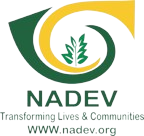Useful Links
Recent Causes

Charity Management Degree
0% Raised of XAF 4,784,095
We're Near to Our
Campaign
Foundation awarded $86,667,390 in funding to 1,306 grants.
Goal $39,860
Raised $21,160
74%



Leave A Comment